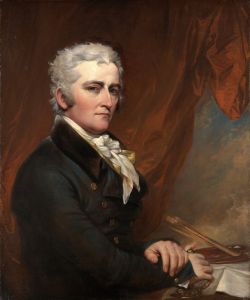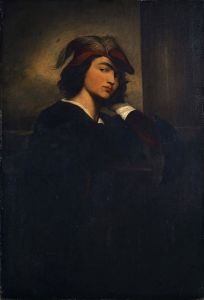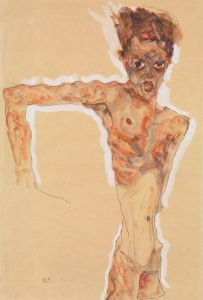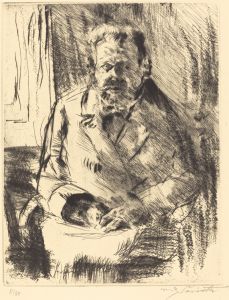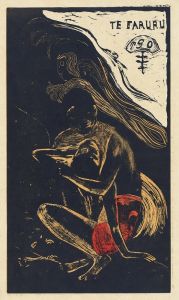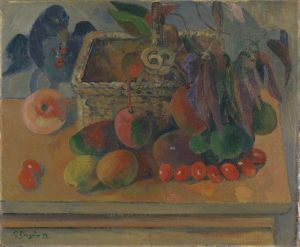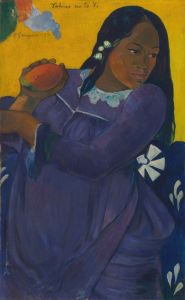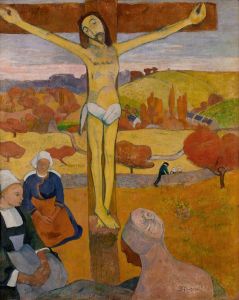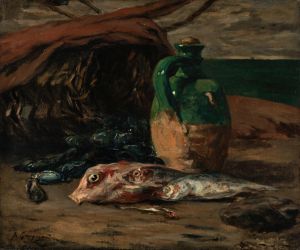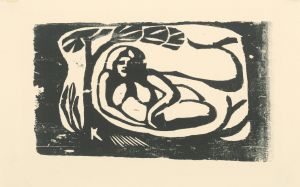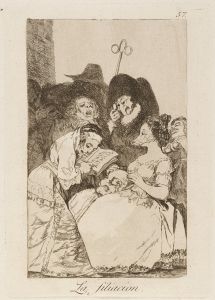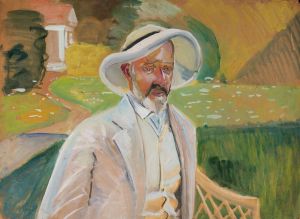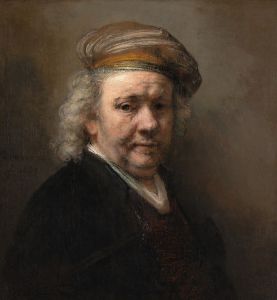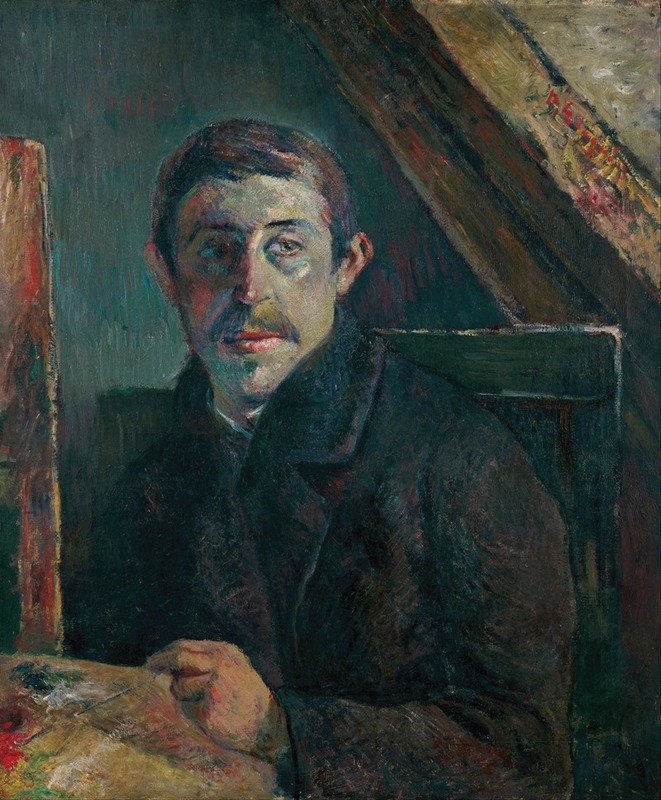
Self-Portrait
A hand-painted replica of Paul Gauguin’s masterpiece Self-Portrait, meticulously crafted by professional artists to capture the true essence of the original. Each piece is created with museum-quality canvas and rare mineral pigments, carefully painted by experienced artists with delicate brushstrokes and rich, layered colors to perfectly recreate the texture of the original artwork. Unlike machine-printed reproductions, this hand-painted version brings the painting to life, infused with the artist’s emotions and skill in every stroke. Whether for personal collection or home decoration, it instantly elevates the artistic atmosphere of any space.
Paul Gauguin's Self-Portrait is a notable work by the French Post-Impressionist artist, created in 1889. This painting is one of several self-portraits Gauguin produced during his career, reflecting his evolving artistic style and personal identity. The artwork was completed during a pivotal period in Gauguin's life, when he was living in Pont-Aven, Brittany, a region in France that inspired much of his work with its rural landscapes and traditional culture.
The Self-Portrait is painted in oil on wood and measures approximately 79.2 cm by 51.3 cm. It is characterized by Gauguin's bold use of color and symbolic elements, which were hallmarks of his style. In this particular self-portrait, Gauguin depicts himself with a serious expression, set against a background that includes symbolic references. Notably, the painting features a halo around his head and a serpent, which are often interpreted as religious or spiritual symbols. These elements may reflect Gauguin's interest in exploring themes of morality, identity, and the artist's role in society.
The composition of the painting is striking, with Gauguin's face rendered in a simplified yet expressive manner. His use of flat, vibrant colors and strong outlines demonstrates the influence of Cloisonnism, a style that Gauguin helped to develop. This technique, inspired by stained glass and Japanese prints, emphasizes bold contrasts and decorative patterns. The painting also reveals Gauguin's departure from naturalistic representation, as he sought to convey emotional and symbolic meaning rather than mere physical likeness.
This Self-Portrait is significant not only as a representation of Gauguin's artistic vision but also as a reflection of his complex personality and self-perception. Gauguin often portrayed himself in ways that highlighted his role as a misunderstood or even martyr-like figure, grappling with the challenges of his artistic journey. The inclusion of religious imagery in this work may allude to his struggles with faith, morality, and his place within the art world.
Today, this painting is housed in the National Gallery of Art in Washington, D.C., where it remains an important example of Gauguin's innovative approach to portraiture and symbolism. It continues to be studied and admired for its unique combination of personal expression and artistic experimentation.





